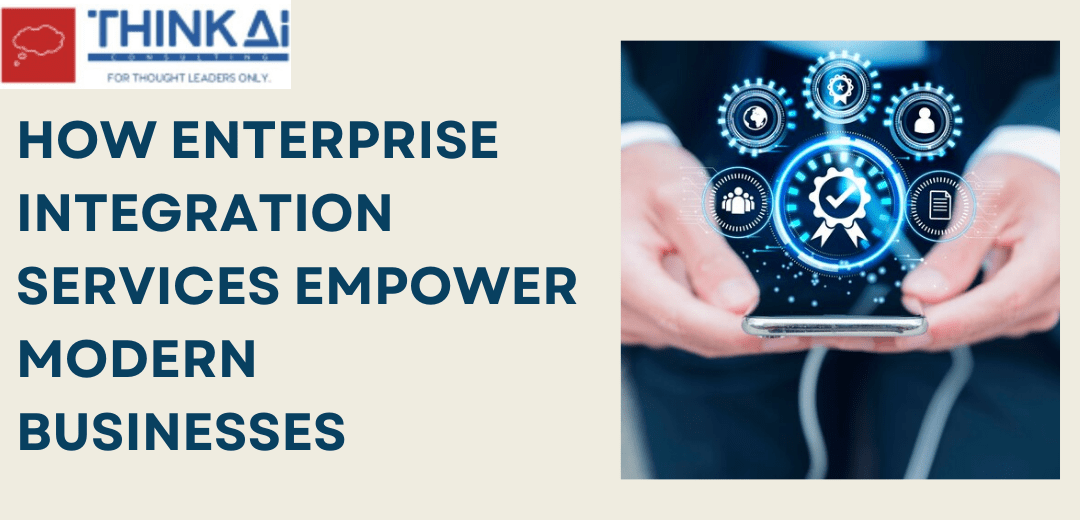Enterprise integration is a crucial component of businesses worldwide, acting as a unifying force across applications, data, and devices involved in business operations. The result is a significant boost to overall business efficiency.
While the need for Enterprise integration services is readily apparent, organizations—particularly those less tech-savvy—often find themselves at a loss on properly executing these services within their existing systems. Fortunately, with the aid of modernization platforms, it’s possible to smoothly transition from dated to state-of-the-art systems and employ enterprise integration solutions effectively.
Let’s delve into the three most significant benefits of employing enterprise integration services:
Bridging the Gap between Your OS and Apps
Enterprise integration services are a powerful tool to optimize your enterprise system, allowing you to add necessary APIs as required. Consequently, deploying other business services becomes simpler. Such integration solutions facilitate hassle-free data and information exchange within the system, providing a foundation for your team to develop necessary apps and systems.
Transition from Legacy Systems to Modern Software
Modernization is critical for businesses seeking to stay competitive. In a monolithic architecture, legacy systems often need to gel better with modern integration tools and leverage their full potential. So, replace these legacy systems with modern enterprise solutions that can withstand technical issues and security challenges and are more compatible with the enterprise integration process.
Streamline Work Processes and Automate Operations
Enterprise integration services and automation are a match made in heaven. Combined, teams can significantly increase their productivity, enhancing the overall ROI (Return on Investment). Instead of focusing on point-to-point data exchange, an integration system provides varied methods to optimize the flow of communication using multiple data access points.
After understanding these benefits, it’s essential to recognize some of the crucial components of enterprise integration:
Communication Stays at the Core
Communication is integral to any successful integration services. As you transition from an older system to modern software, frequent and reliable messaging within the enterprise integration solution is vital to keep users updated.
App Integration
An appropriate Enterprise integration strategy allows different business apps to function cohesively on an integrated platform. Sharing critical information and raw data in real-time can reduce operational costs and boost team efficiency without further investment.
Data-Driven Decision Making
The value of data in enterprise integration solutions is undeniable. By analyzing the available system data, you can understand target integration patterns that could guide you on event-driven patterns, message-driven patterns, or service-oriented architecture. Regular assessments and data analysis can help in fine-tuning the integration process.
Conclusion:
The ideal enterprise integration strategy varies from business to business. That said, a myriad of options, such as Integration as a Service (IaaS), Integration Platform as a Service (PaaS), Enterprise Integration Patterns (EIPs), and Hybrid integration solutions, is available.
Each comes with its own set of strengths and weaknesses. Consulting with experts specializing in enterprise integration services is a wise move ahead. Contact us today and find the ideal enterprise integration solutions for your organization’s needs and aspirations for an interconnected and future-ready business landscape.

As the editor of the blog, She curate insightful content that sparks curiosity and fosters learning. With a passion for storytelling and a keen eye for detail, she strive to bring diverse perspectives and engaging narratives to readers, ensuring every piece informs, inspires, and enriches.










